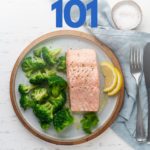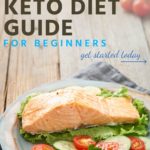The Ketogenic Diet: A Complete Keto Beginner’s Guide
A ketogenic diet, or keto diet for short, has turned the long-accepted understanding of nutrition on its head. Many traditional health paradigms are falling short in light of so many people successfully improving their health by ditching rice and potatoes and picking up butter and beef instead.
While it’s not a panacea for everyone, you can experience profound health improvements particularly for managing diabetes, epilepsy, cognitive decline, and sustainable fat loss. The diet is simple at its core, but there are a few rules to follow in order to maximize the benefits. Read this complete beginner’s guide to learn how to make a low carb diet work for you, the easy way to set macros, and the basics of a keto diet plan for long-term results.
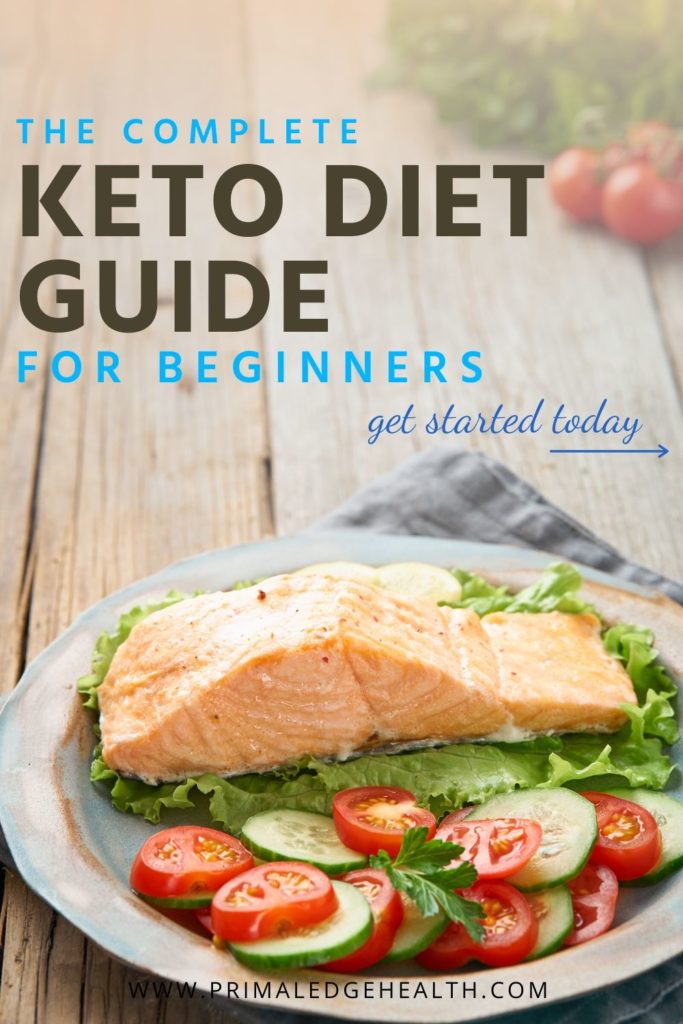
What is the Keto Diet?
There are three macronutrients to consider when speaking about any diet: fat, protein, and carbohydrate. In the case of keto, understanding how macronutrients relate to one another is essential to proper diet formation.
A keto diet is defined by carbohydrate restriction. It is a high fat, moderate protein, and low carb diet.
Originally studied in the 1920’s as a treatment for refractory epilepsy in children, a ketogenic diet is now most often used by adults for weight loss, controlling blood sugar and diabetes, improving cognitive function, and reducing inflammation, as well as other reasons.
By replacing bread and cereals with fatty meat and butter, we effectively lower carbohydrates and raise fat. This effort trains our bodies to change from being sugar-burners to fat-burners. That is, from using carbohydrates (glucose) as fuel to burning fat (ketones) for energy.
This biological process is called ketosis.
Why Ketosis Works
Our bodies produce glucose and insulin when we eat a lot of carbohydrates. This is part of the natural metabolic process of digesting food. Insulin allows glucose to move from the bloodstream into the cells. Insulin is also responsible for storing fat and when your body overproduces it, you gain weight.
By dramatically reducing dietary carbohydrate intake our bodies will be starved of glucose and forced to burn fatty acid ketones instead. Ketone bodies are very efficient fuel and exceptionally good for the brain.
There are a few common symptoms of ketosis that will indicate if you are on the right path or not.

Is a Keto Diet Healthy?
For most people, YES a low carb-high fat (lchf), ketogenic diet is perfectly healthy.
Many modern chronic diseases are skyrocketing at rates never been seen before. This coincides with increased sugar consumption, stepping away from animal foods, the proliferation of vegetable oils, and lots of cheap and accessible junk carbs on the market.
Anytime we adjust our diet to focus on whole, nutrient-dense, and unrefined foods we are going to see benefits over eating processed junk foods.
For some, transitioning to a whole foods diet is enough to get results, but for others, we need to cut the high-carb foods out completely before our bodies can regenerate the way we want them to. A keto diet can give the metabolic reset we need.
The complex function of autophagy occurs during ketosis which mimics the effects of fasting. In this state, our cells are able to remove unnecessary and dysfunctional components. Old dead cells are shed and recycled in favor of fresh, new ones.
This process is key to achieving the benefits of a keto diet.
- Fat loss
- Stable blood sugar levels
- Improved biomarkers
- Increased mental health and performance
- Improved digestion
- Healthier skin
- Lower hunger and appetite suppression
- Elimination of sugar cravings
Keto diet results can be profound and life-changing.
It is safe to follow a well-formulated ketogenic diet for women and men alike.

Keto Diet Disadvantages & Side Effects
Nothing good in life comes without a little effort and the keto diet is no exception. Not only does it take work to rewire your daily and weekly habits around food choices, meal prep, and grocery shopping, but your body has to adapt also.
Use these easy keto guidelines to maximize keto results from day one.
Some people have a very gentle transition to ketosis, while others struggle with energy dips, fatigue, and intense sugar cravings.
It’s not random chance, the keto-adaptation doesn’t need to be a horrible time and should be over pretty quick. If you’re seriously struggling with the transition, you are doing something wrong.
Knowing what you’re headed toward and how to avoid the worst parts of keto can help you stay motivated and prepared as you take back your health.
With a proper strategy, you can successfully turn the disadvantages of a keto diet into benefits.
Before starting keto, be prepared to
- Weigh the pros and cons of a keto diet
- Gracefully keto adapt (know these 8 symptoms of ketosis)
- Avoid keto flu
- Keep it simple when eating out on a ketogenic diet
- Adjust correctly if you are not losing weight on a keto diet
Macro Guidelines for a Ketogenic Diet
Depending on the context, some people are able to get good results simply by lowering their carbohydrate intake and increasing dietary fat and protein levels.
This approach is called “lazy keto”. In this case, a person eats keto-approved foods exclusively but does not track or follow specific macro guidelines.
You might make progress with this method but usually, sooner or later, you’ll need to break out a calculator and do some math to find your correct macros for a ketogenic diet.
Anytime you reach a stall, want to see more aggressive results, or feel like you could be doing the diet better, revisiting your macros is the best way to dial in your results. Keep in mind that just because the scale doesn’t move, you are not necessarily at a plateau. There are other ways to track progress on keto; non-scale victories count too.
You will see the best fat loss results when you follow our guide to keto macros and track for at least the first two weeks until the habits are set. From there you can transition to more intuitive eating.
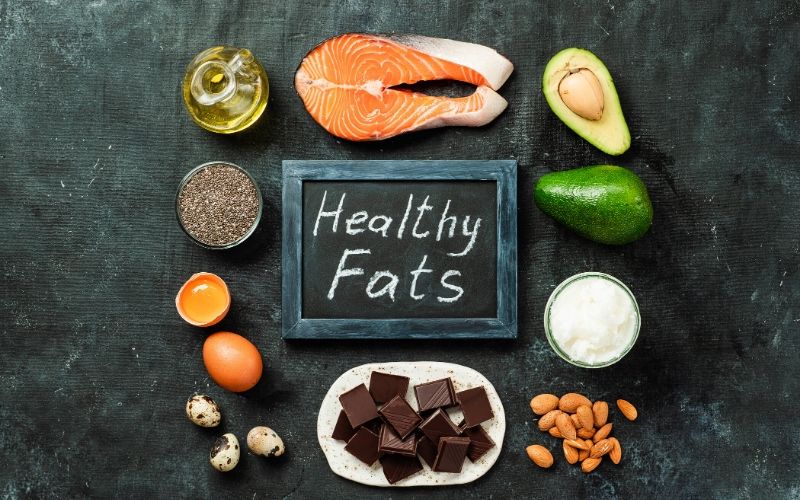
High Fat
Keto is a high-fat diet. This means fatty meats, avocado, butter, coconut oil, heavy cream, and cheese are all celebrated as nutrient-dense sources of energy. In ketosis, fat is fuel.
When adapting, eat as much fat as you want in order to feel energetic and satiated. After you’re feeling more comfortable in ketosis, then you can dial it back and follow your natural hunger cues.
Generally speaking, no one should be going lower than 80 g fat. A typical range for fat loss is 90-120 g fat for women and 120-150 g fat for men. Variables like body composition, height, and activity level do matter and should be considered appropriately.
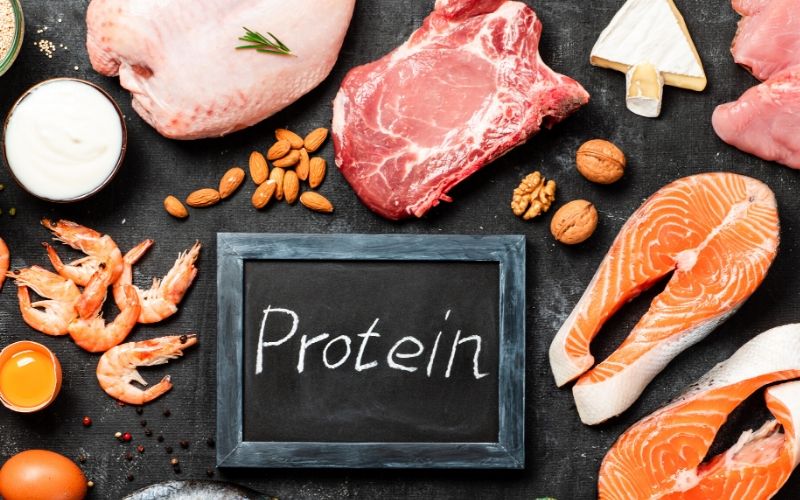
How much Protein on Keto?
Finding your optimal protein intake for a ketogenic diet takes an educated understanding of your goals, dietary history, activity level, and personal preference.
Calculate grams of protein rather than percentages. The common 80% fat:20% protein:10% carb ratio is not only confusing but also misleading. These percentages are important for patients using a medical ketogenic diet, not individuals looking for fat loss or general health benefits from ketosis.
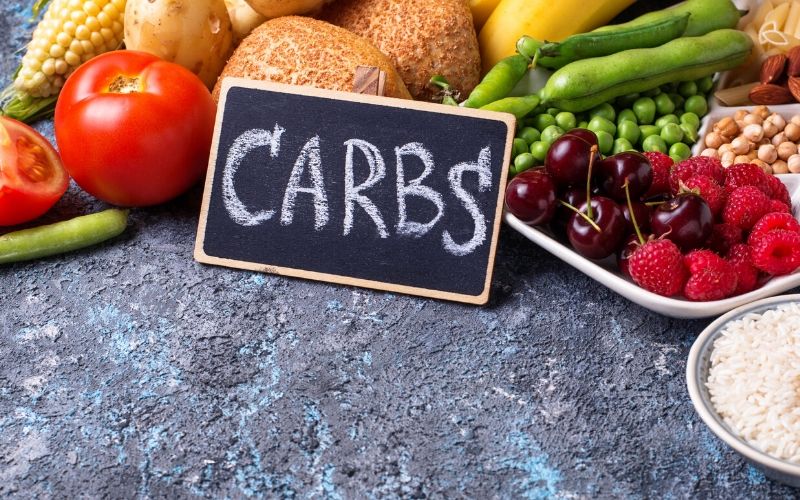
Total Carbs vs Net Carbs
Carbohydrate is no longer eaten for energy. Carbs are optional. In fact, you may find that you do the best with minimal plant ingredients and choose to follow a zero carb, carnivore diet instead.
On keto, carbs are limited to 20-30 grams net carb or 50 grams total carb. This is a maximum, not a goal. It is fine to eat less.
Net carbs are a more accurate way of calculating because it removes the amount of fiber in a food. Since fiber is non-digestible, it is not a caloric source of nutrition and therefore, does not count when determining energy intake.
Calculate the number of net carbs in food by subtracting the amount of fiber from the total carb. The equation looks like this
Total Carbs – Fiber = Net Carbs
For example, 1 cup of cauliflower contains 5.3 g total carbs and 2.5 g dietary fiber. After subtracting the fiber, we see that there are 2.8 g net carbs. Round it up to 3 g net carb (just to make math easier) per 1 cup of cauliflower and use that for tracking.
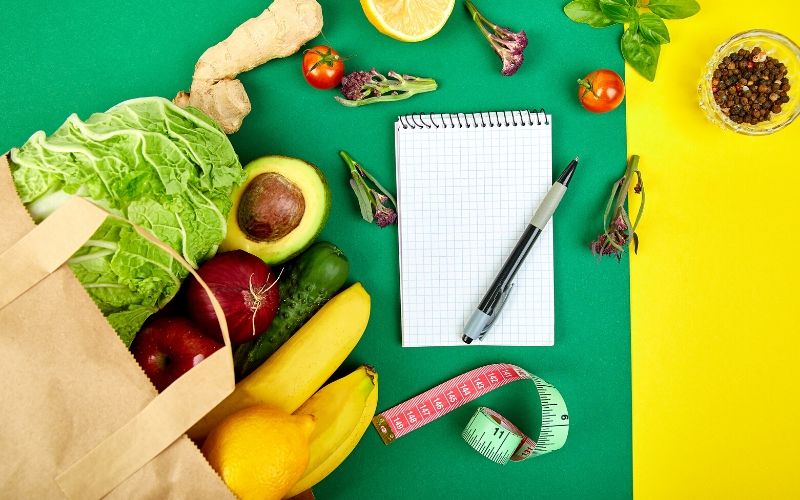
Do Calories Matter on a Keto Diet?
Macros are a more precise way of counting calories. As you track macros, you are in fact also counting calories on a ketogenic diet.
Each gram of carbohydrate and protein contains 4 calories. Each gram of fat is 9 calories.
Take an average fat loss macro spread for women as 90 g protein, 120 g fat, and up to 20 g net carb. That is the equivalent of 1520 calories.
However, this ketogenic breakdown is much different than a calorie-restricted carb-based diet of 70 g protein, 60 g fat, and 200 g carbohydrate even though it is the same amount of total calories.
The satiating nature of protein and fat are key to decreasing hunger, stabilizing blood sugar, and fueling the brain so it can be sharp and focused.
If this is your first experience with macros, it can be a little confusing but after you get the hang of it and learn what you’re aiming for, the process is pretty straightforward.
For hands-on guidance on how to set your macros become a member of our Keto & Carnivore Diet Support Group. We curate an educational environment so everyone can thrive on the approach that works best for them. It’s a very supportive space where you can be inspired and held accountable as you make progress toward your goals.
We also offer private keto coaching if you prefer a one-on-one, individualized consult.
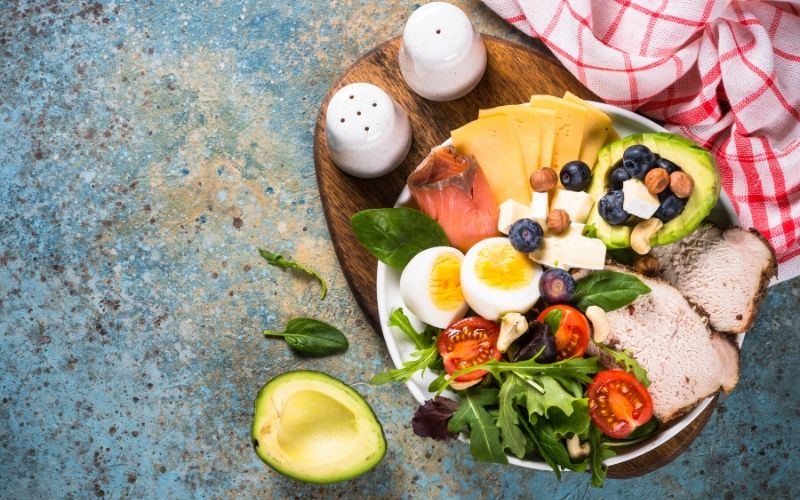
What to Eat and Drink on a Keto Diet
Enough numbers for now. You must be wondering, what to eat on a keto diet? How do I keep carbs so low?
Source quality foods from retails you trust and follow the three principles to eating on a well-formulated keto diet.
Build Meals Around Protein
Prioritize fatty animal proteins over other cuts. Protein has eyes or comes in a shell; avoid processed protein powers and isolates.
- Red meat (beef, bison, lamb)
- Poultry (chicken, turkey, duck)
- Game meat (elk, venison, rabbit)
- Organ meats
- Pork
- Fish (salmon, halibut, sea bass)
- Seafood (shrimp, clams, oysters)
- Eggs (chicken, duck, quail)
Add Fat for Fuel
Choose healthy animal fats as much as possible.
Avoid low-quality oils like soy oil, canola oil, sunflower oil, and rape seed oil.
- Butter
- Ghee
- Beef tallow
- Lard
- Coconut oil
- Extra virgin olive oil
- Heavy cream
- Cheese
- Avocado
Vegetables, Fruits, and Nuts on the Side
No grains are allowed on a ketogenic diet. This means standard ones like rice, rye, and wheat as well as heirloom varieties of quinoa, spelt, and teff are out of the picture.
Also, avoid starchy vegetables like corn, potatoes, beets, and beans.
Instead, pick fresh seasonal low-carb options. Usually, leafy greens and vegetables that grow above the ground are good options.
- Broccoli
- Cauliflower
- Zucchini
- Cabbage
- Lettuce
- Brussels sprouts
- Tomatoes
- Bell peppers
- Mushrooms
Some fruits are keto-friendly and have an appropriate place in the diet.
Berries tend to be the lowest in carbs. Raspberries, blueberries, blackberries, and strawberries are fine in moderation.
Lemon and limes are also keto-approved. Coconut is a great fruit too. There are many uses for shredded coconut, coconut milk, and coconut cream in a keto kitchen.
However, it’s worth noting coconut water is not keto.
Eating nuts and seeds is fine for some people, although they can be difficult to digest for others. They are calorically very dense and easy to overeat so be mindful about your consumption.
- Macadamia nuts
- Almonds
- Pecans
- Walnuts
- Peanuts
- Brazil nuts
- Sunflower seeds
- Pumpkin seeds
- Sesame seeds

Low-Carb Drinks
Water is the obvious answer but there are many enjoyable keto beverages that won’t give you a crazy sugar rush.
- Coffee (or these Coffee Alternatives)
- Tea
- Herbal tea
- Bone broth
- Smoothies
- Mineral water
- Low-carb cocktails
- Wine (in moderation; red wine has the least carbs)
- Alcohol (whiskey, vodka, rum)
Stevia, erythritol, and monk fruit are typical keto sweeteners that can be added to drink and food. I use LAKANTO as a sugar replacement in sugar-free recipes. It’s excellent in baked goods and the liquid drops are great in keto drinks and ice cream. None of these sweeteners have negative impacts on blood sugar.

Keto Diet Food Lists
Review these printable keto diet food lists for complete details and food ideas.
While you’re grocery shopping, keep these simple ways to save money on a ketogenic diet in mind.
- Keto Shopping List – The best low carb food list for beginners; it lists everyday ingredients widely available anywhere in the world.
- Keto Food List with Macros – Highly recommended if you are tracking macros by hand. Print the list out and keep it in a notebook for easy access. Common keto foods are listed by category and all include corresponding macros.
- Keto Pantry Staples – Keep your pantry stocked so you never run out of the low-carb staples you need.
- Best Keto Baking Ingredients – Enjoy low-carb, keto baked goods but be sure to use the right ingredients so carbs don’t sneak in!
- Emergency Keto Foods + Storable Pantry Essentials – There are many shelf-stable low-carb foods that will come in handy in times of emergency.
- Coconut Products for a Ketogenic Diet – Coconut is a wonderful food and gives us so many useful ingredients that help to keep low-carb eating easy and enjoyable.
Keto Diet Electrolytes & Supplements
Aside from picking your ingredients wisely, you also want to be mindful of electrolyte balance and proper supplementation, especially in the beginning.
You can completely avoid the keto flu by being prepared and keeping electrolytes in balance. It’s a delicate task but you will soon learn how to discern the signs your body shows.
In some ways electrolytes are just as important as macros for successful keto diet results, so include electrolyte supplementation on a keto diet as part of your routine.
Having a high-quality mineral-rich salt almost guarantees an easy keto-adaptation period.
Other than that, supplements are recommended on an individual, case-by-case basis.
Desiccated organ meat capsules by Ancestral Supplements are great for boosting nutrient density and introducing organ meats into your diet with the ease and convenience of a vitamin pill.
Liposomal vitamin D3 with K2 can be extremely beneficial for those who have limited sun exposure or chronically low vitamin D levels. Supplementation of Vitamin B12 can also be a great help for increasing energy, better mood balance, and reducing brain fog.
There are other supplements we recommend depending on the specific context. It is always best to use a whole food diet rather than rely on a long list of supplements for optimal health.
Easy Keto Recipes
Pick 3 new healthy low-carb breakfast, lunch, and dinner recipes from my collection of easy keto recipes and start building your meal plan today!
Eating simple meals makes tracking macros easier. I recommend you select a few staple recipes and rely on them as your new “go-to” meals throughout the week.
Use my printable keto meal planner to stay organized and on track!
These are my top 10 easy keto recipes to get you started.
Top 10 Easy Keto Recipes
Ready to simplify your cooking with some of the best and easiest keto recipes out there? Get set to streamline your meal prep with these top easy keto recipes. From quick meals to tasty snacks, these dishes will make sticking to your diet a breeze, so you can spend less time in the kitchen and more time enjoying delicious food.
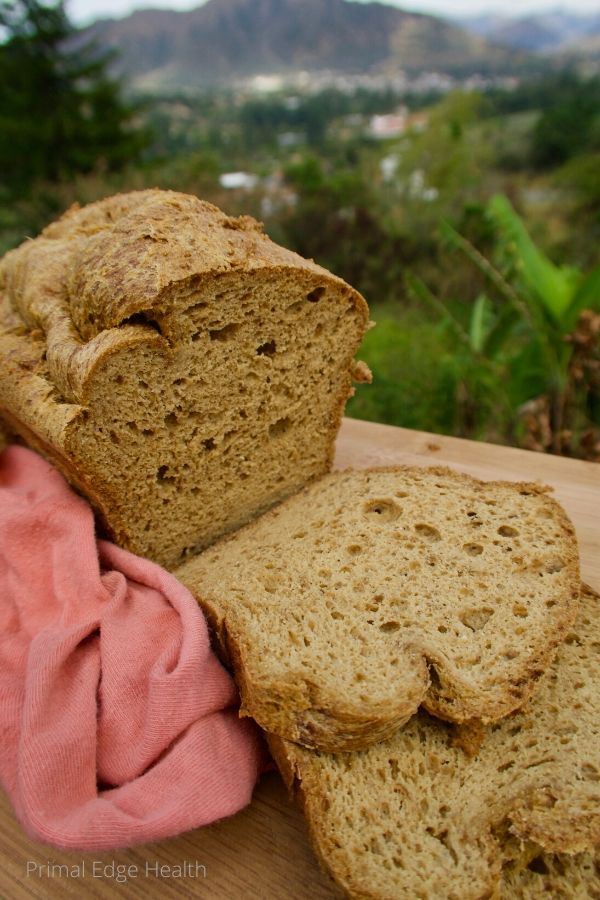
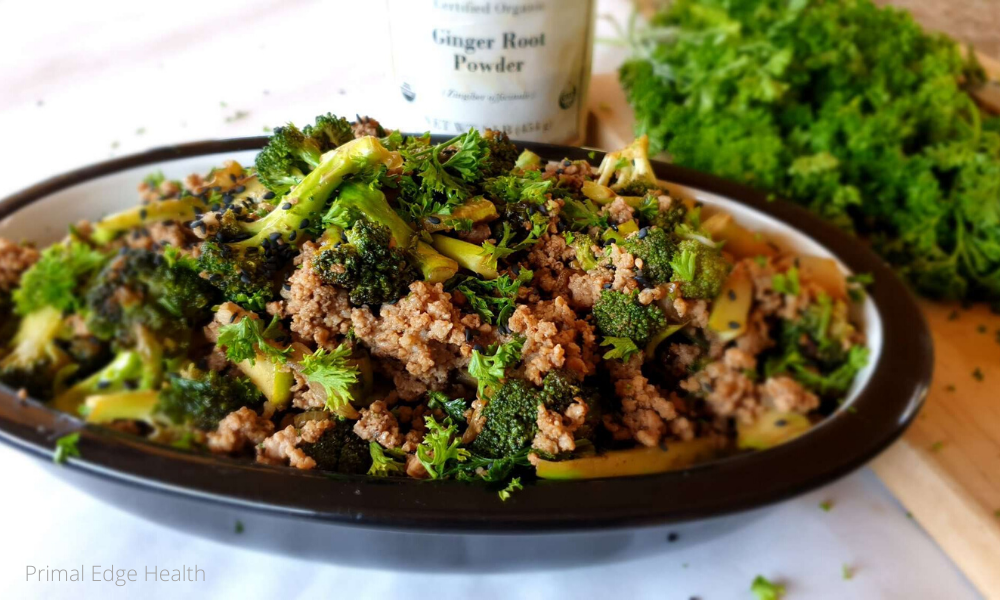
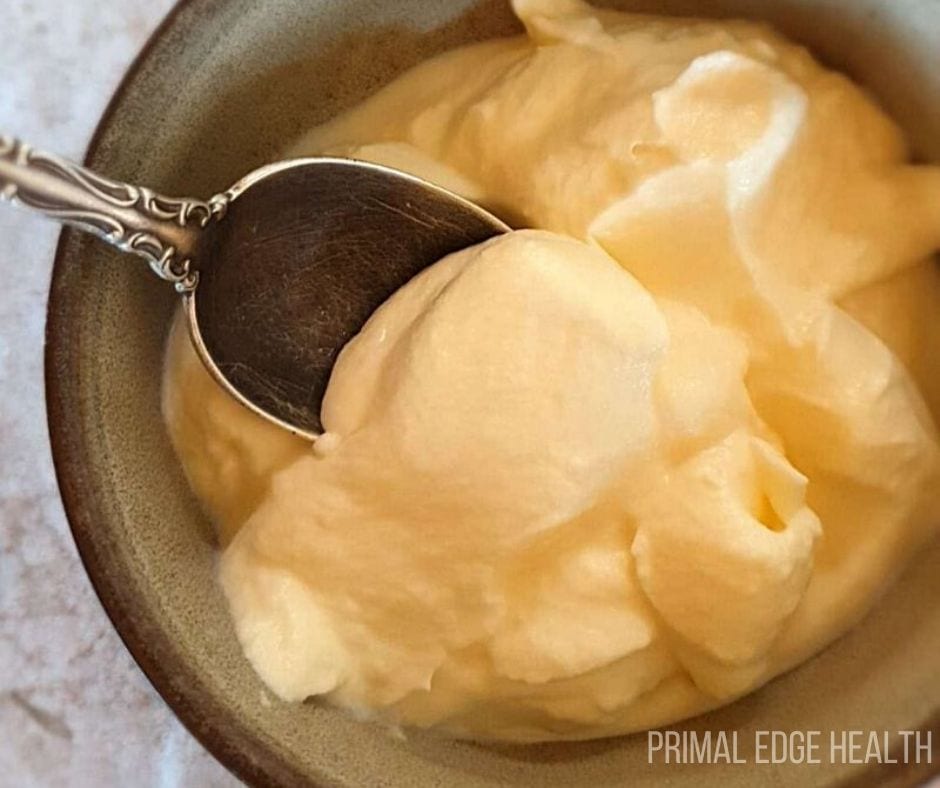


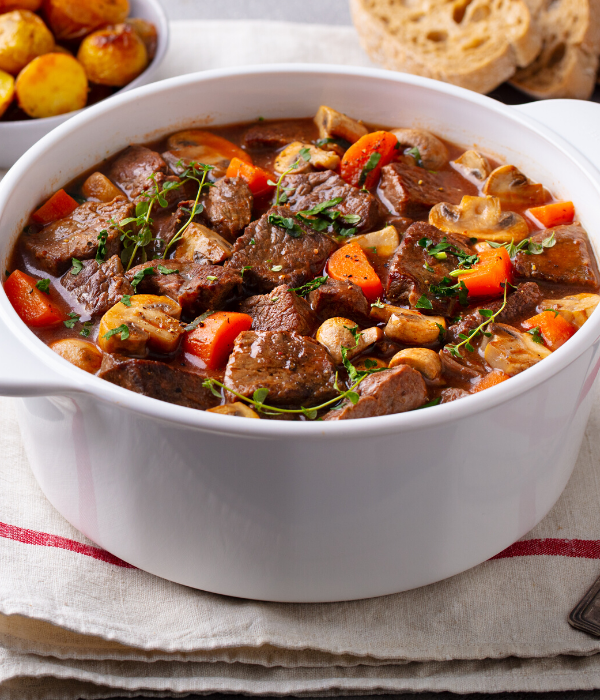
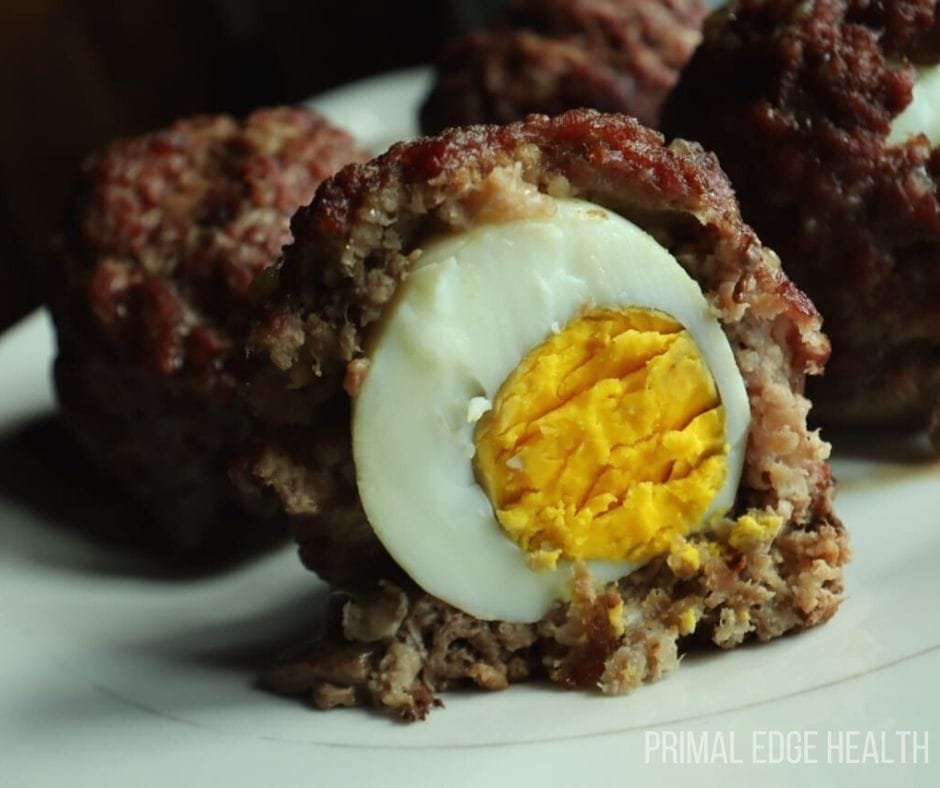
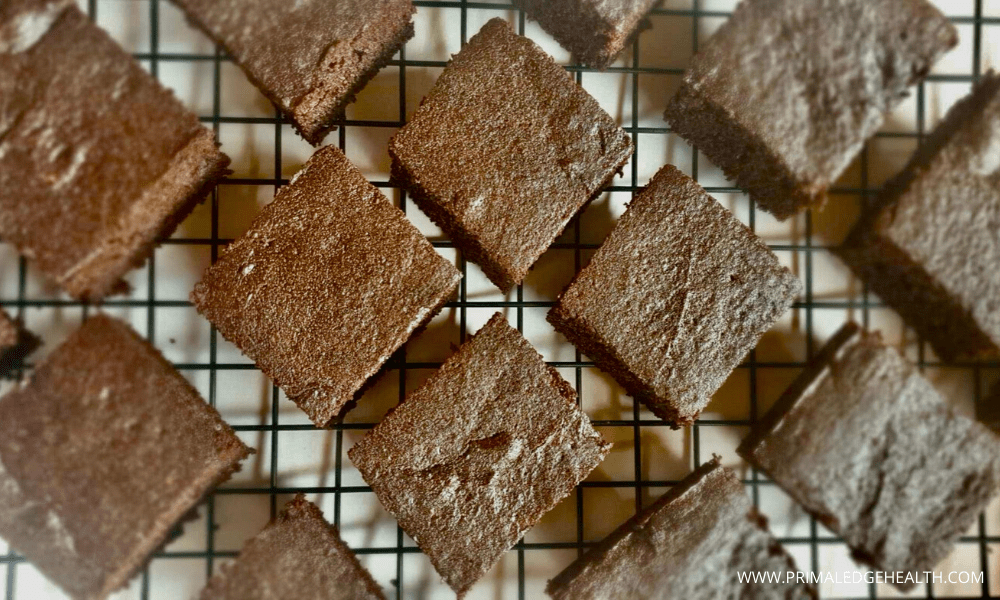


If you meal plan, there is nothing better than Keto Meal Plans by Real Plans. It’s an app that allows you to fully customize your weekly meal plan by diet and personal preference.
For anyone cooking food for multiple diet types, it’s really a must-have. I love how easy it is to navigate, user-friendly, and thoughtfully designed it is. There’s everything I need from adding my own recipes to a shopping list generator, and even make-ahead meal prep reminders so I can stay on top of my weekly meal prep without stressing!
Low Oxalate Keto Diet
Oxalate is a naturally occurring compound found in certain plant foods. It is well known that overexposure can lead to kidney stones, however, more recently there is a growing discussion about a more general impact on human health.
By nature, a ketogenic diet leans toward being similar to a low-oxalate diet as well but there are a few specific high-oxalate foods that can slip in under the guise of being keto-approved.
The top three to watch out for are
- Spinach
- Cacao (pure chocolate)
- Almonds (almond flour, almond butter, almond milk)
Reducing the number of plant foods in your diet, or eating select ones only, may result in better health than a plant-based keto diet. Animal foods do not contain oxalate or other potentially problematic plant toxins.
Learn more about oxalate and how they may be affecting your health in our post on High & Low Oxalate Foods.
Keto Carnivore Diet
Animal foods are essential for human health.
If you have serious autoimmune conditions, gut dysfunction, unstable mental health, or other nagging conditions you just can’t remedy, a pure carnivore diet may help.
We have many carnivore diet resources here at Primal Edge Health as well as delicious carnivore diet recipes to get you started.

Keto Diet Support Group
Starting a new diet isn’t always easy but the rewards can pay off. Stay motivated and stick to a ketogenic diet by setting realistic goals and learning from your mistakes.
Join our private member’s forum for individualized support and community interaction as you learn to rewire your habits and lifestyle.
We’ve created this educational environment for others to share their journey in a safe and supportive place. You will receive positive feedback when your struggling, get answers to your questions and meet other like-minded individuals seeking to take back their health with animal foods.

